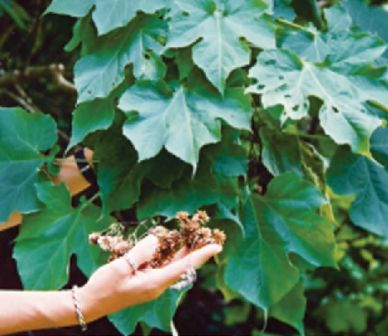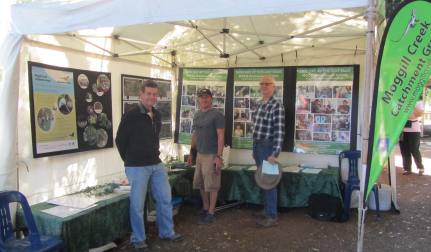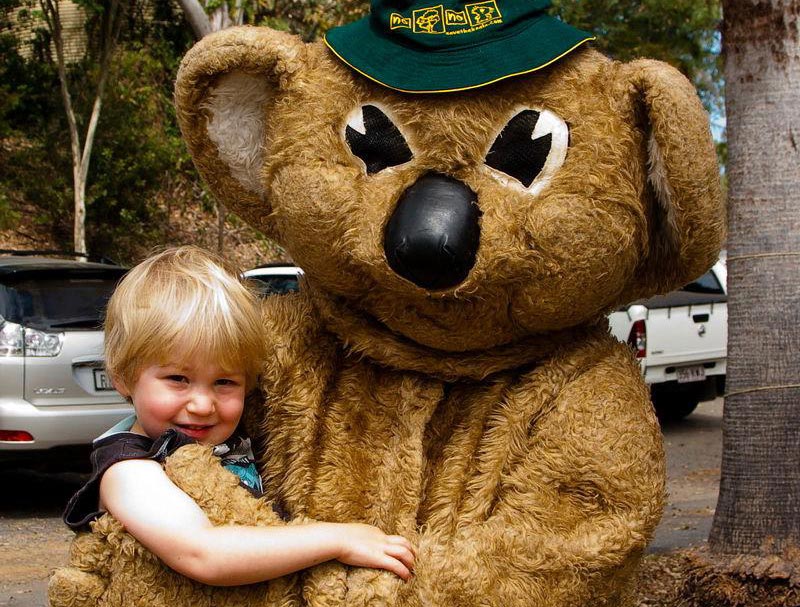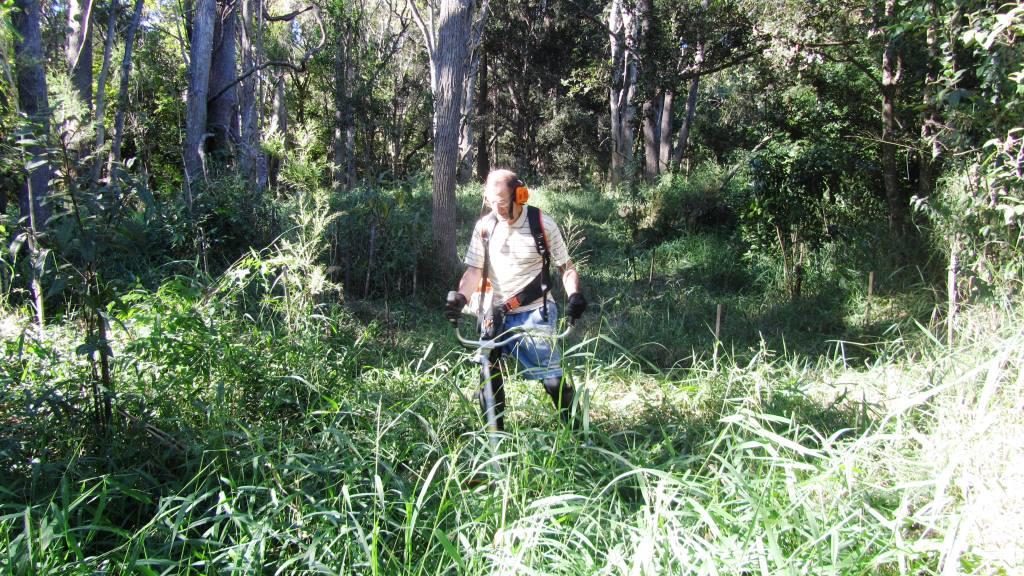Our colleagues at the Cubberla-Witton Catchments Network (CWCN) are running a series of bird walks. Everyone is welcome!
The first will be held on Saturday 25 May, starting at 7am and finishing at 9.30am at Fig Tree Pocket.
The walk will traverse three connected Land for Wildlife properties which provide ideal habitat not only but especially for many of our wonderful local bird species. Every walk creates excitement when an abundance of avian fauna is sighted and when we observe the rehabilitation progress across the sites.
Please be aware the terrain is uneven and provides a certain amount of challenges.
For privacy reasons the location of the walk will be advised after you’ve booked a place.
For more information please phone Lyn Cole on 07 3378 1465 – Mob 0427 599 890. You can also check the flyer for details about this and other CWCN bird walks: {module_literature,i,198983}


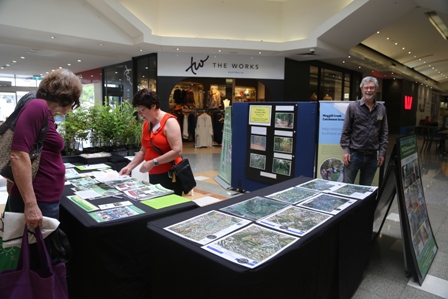
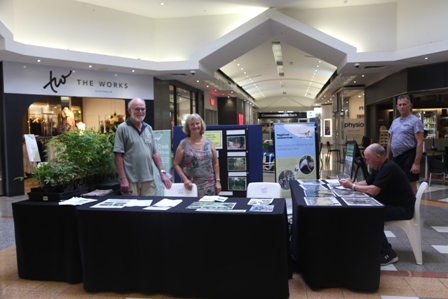
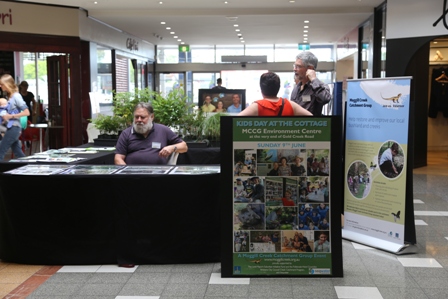
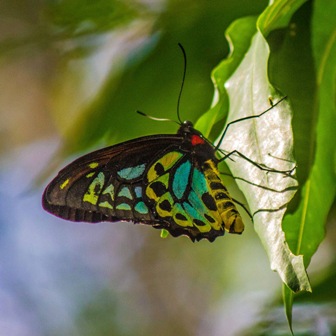
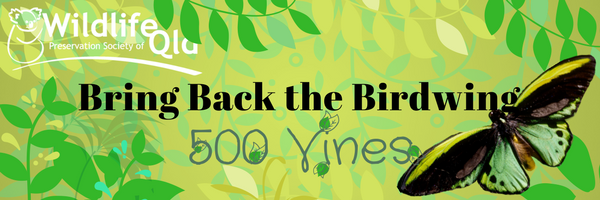
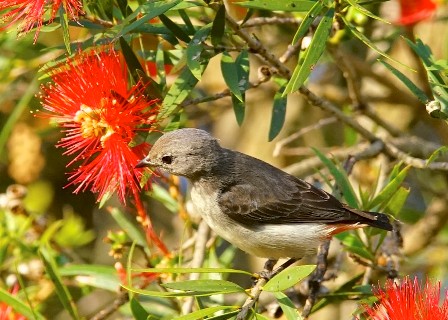 Mistletoebird attracted to bottlebrush –
Mistletoebird attracted to bottlebrush –